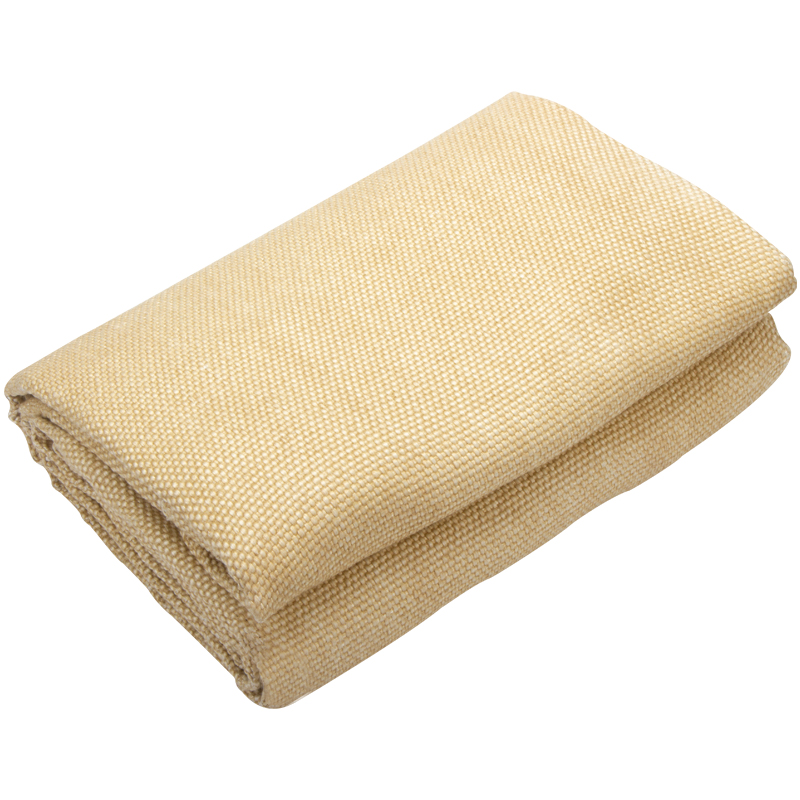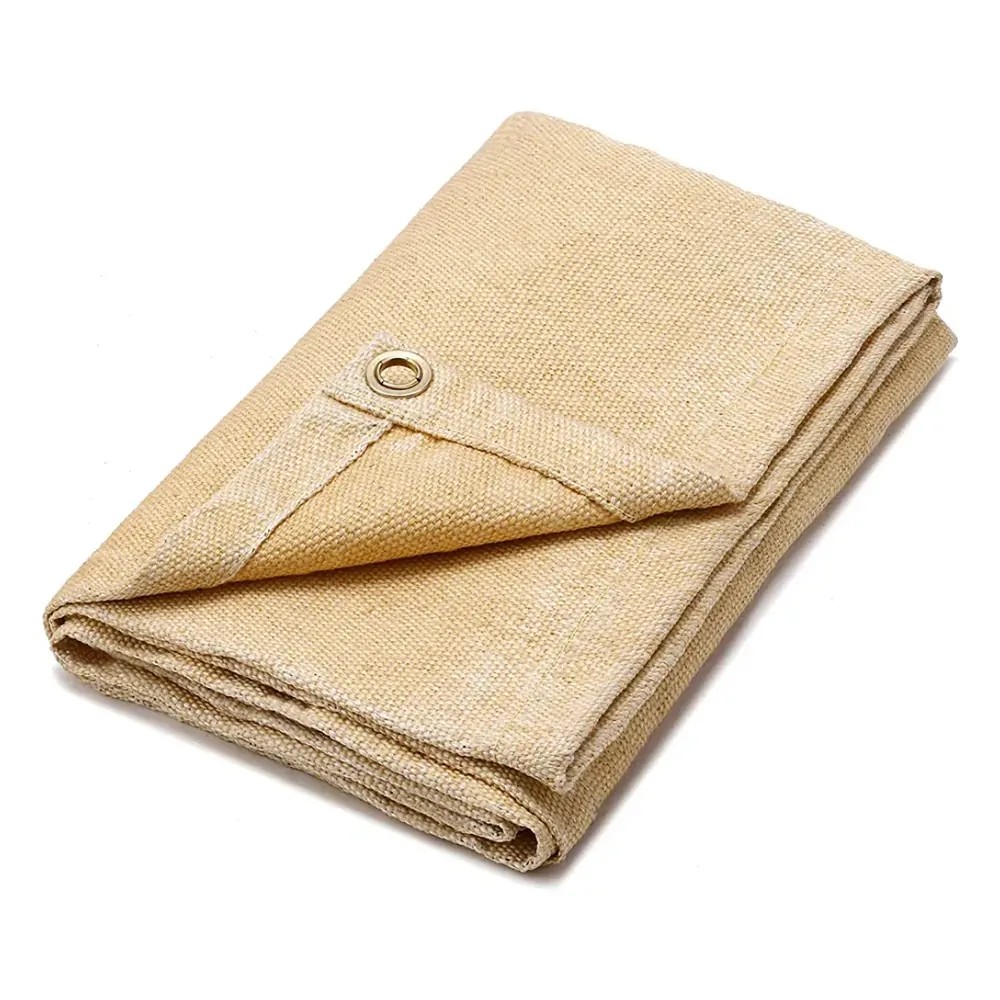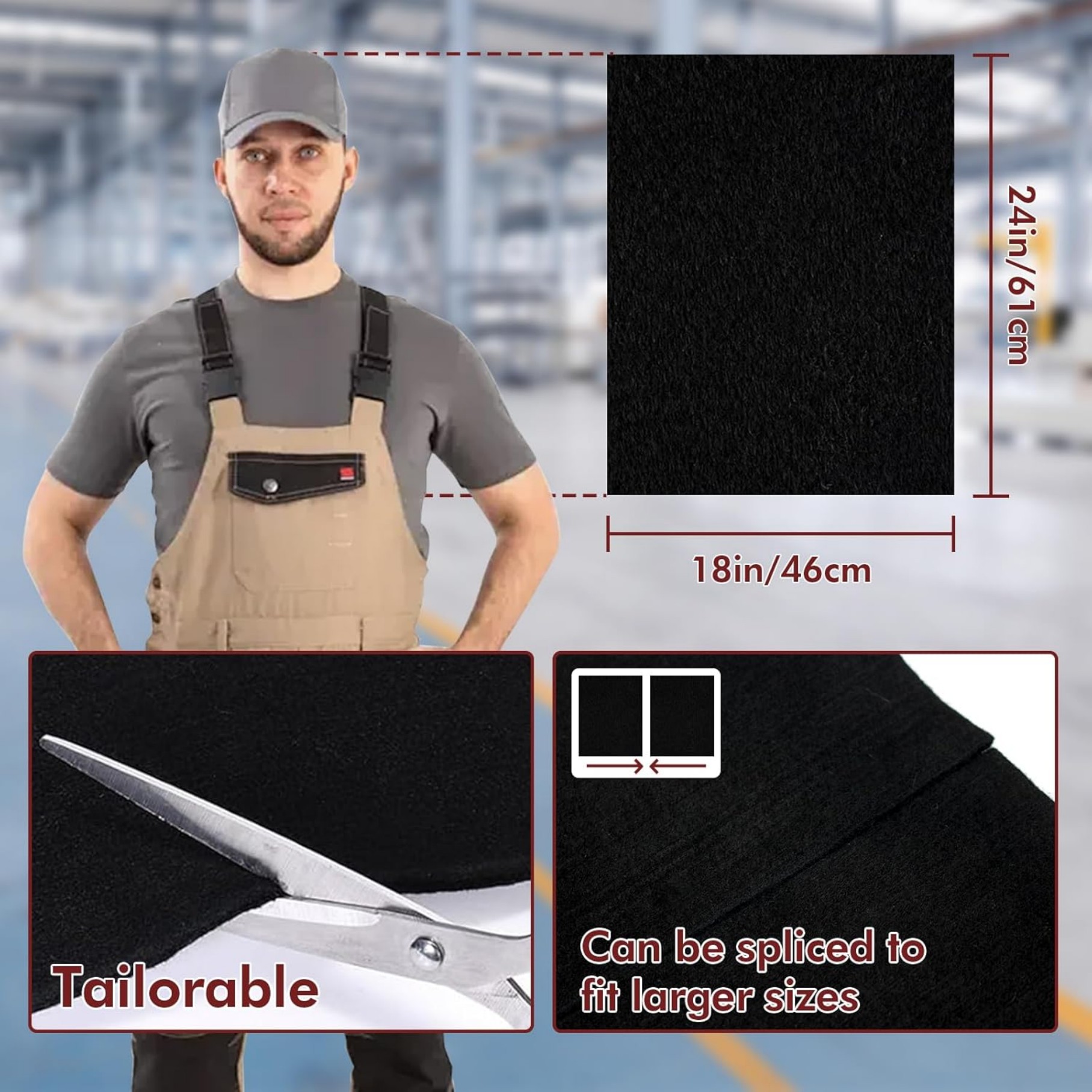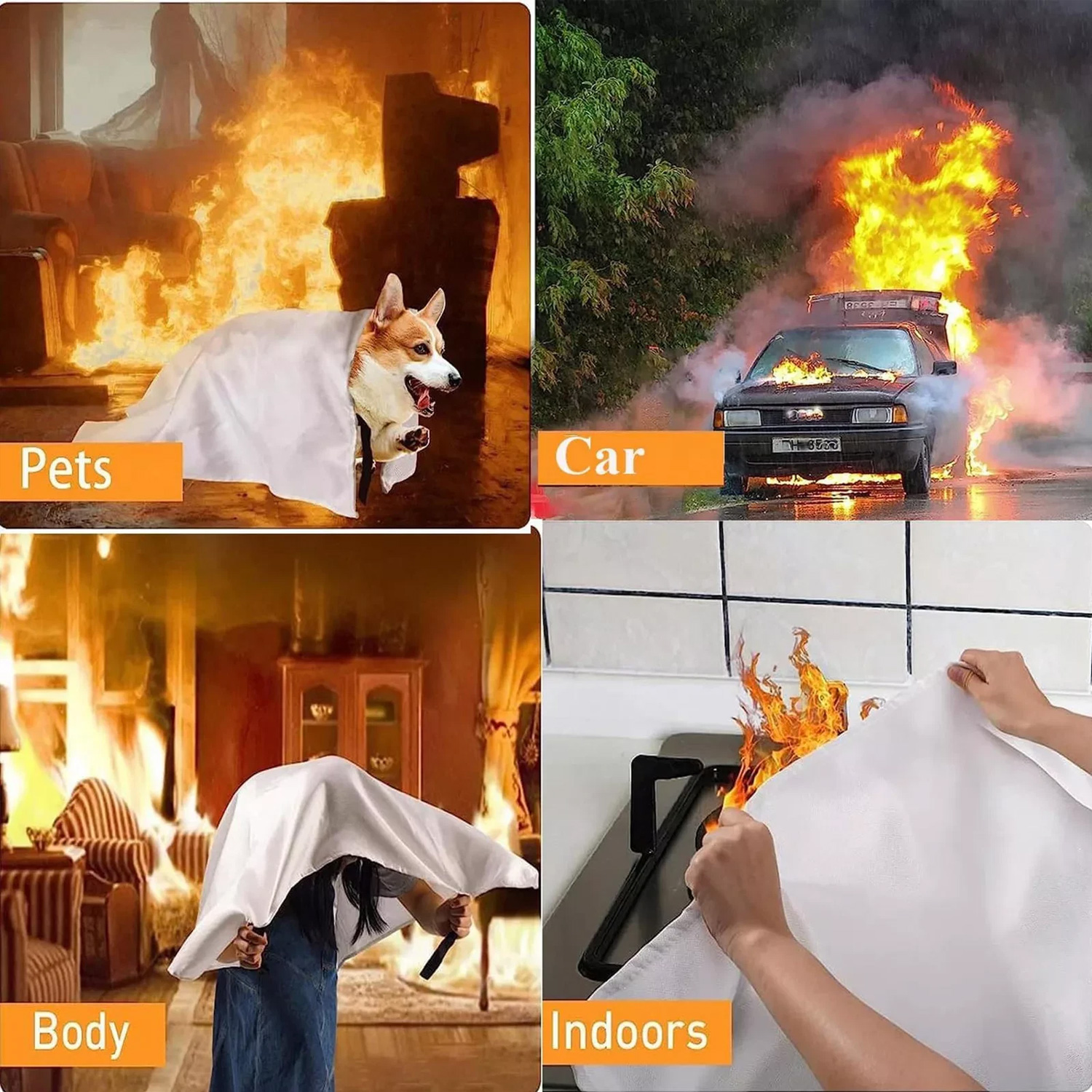Fire Extinguisher vs Fire Blanket: Choosing the Right Fire Safety Tool
This guide explains when to use a fire extinguisher versus a fire blanket. You'll learn how each works, their advantages, and which fires they're designed to combat. Proper fire safety knowledge can save lives and property.
Understanding Fire Extinguishers
Fire extinguishers are pressurized containers that discharge chemicals to put out fires. They come in different types for various fire classes:
- Class A:For ordinary combustibles like wood and paper
- Class B:For flammable liquids like gasoline or oil
- Class C:For electrical fires
- Class D:For combustible metals
- Class K:For kitchen fires involving cooking oils
To use a fire extinguisher, remember PASS: Pull the pin, Aim at the base of the fire, Squeeze the handle, and Sweep from side to side. Always position yourself with an exit behind you.
When to Use a Fire Blanket
A fire blanket is a safety device made of fire-resistant material used to smother small fires. They're particularly effective for:
- Small kitchen fires (especially grease fires)
- Clothing fires on a person
- Small contained fires where an extinguisher might be excessive
To use a fire blanket, carefully place it over the flames to cut off oxygen. For clothing fires, wrap the blanket around the person and have them stop, drop, and roll.
Key Differences Between Fire Extinguishers and Fire Blankets
| Feature | Fire Extinguisher | Fire Blanket |
|---|---|---|
| Best for | Larger, spreading fires | Small, contained fires |
| Training required | Basic training recommended | Minimal training needed |
| Maintenance | Annual inspection required | Visual inspection sufficient |
| Cleanup | Can be messy | Minimal mess |
Where to Place Fire Extinguishers and Fire Blankets
Strategic placement is crucial for both fire extinguishers and fire blankets:
- Kitchen:Fire blanket near cooking area, extinguisher near exit
- Garage/Workshop:ABC extinguisher near potential fire sources
- Bedrooms:Small extinguisher or blanket for escape routes
- Office:Extinguisher near electrical equipment
Both should be easily accessible, visible, and mounted properly according to local fire codes.
Maintenance and Inspection
Regular checks ensure your fire extinguisher and fire blanket will work when needed:
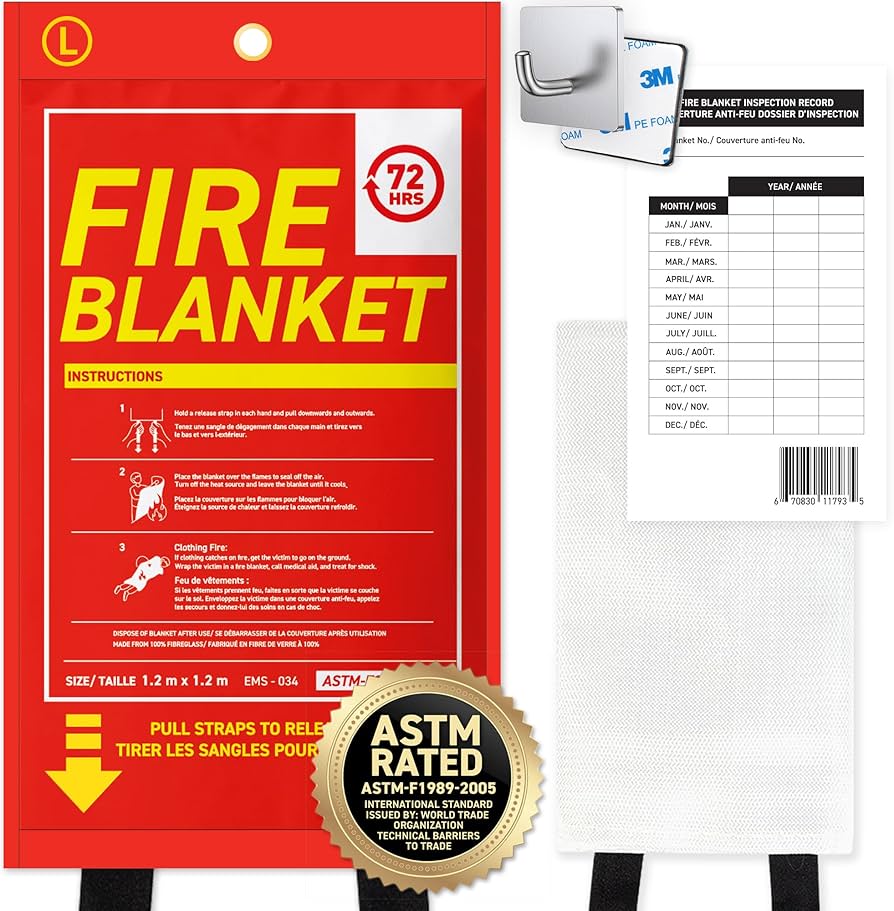
For fire extinguishers:
- Check pressure gauge monthly
- Inspect for physical damage
- Have professionally serviced annually
For fire blankets:
- Check packaging isn't damaged
- Ensure quick-release mechanism works
- Replace if used or expired
Common Mistakes to Avoid
Many people misuse fire extinguishers and fire blankets. Avoid these errors:
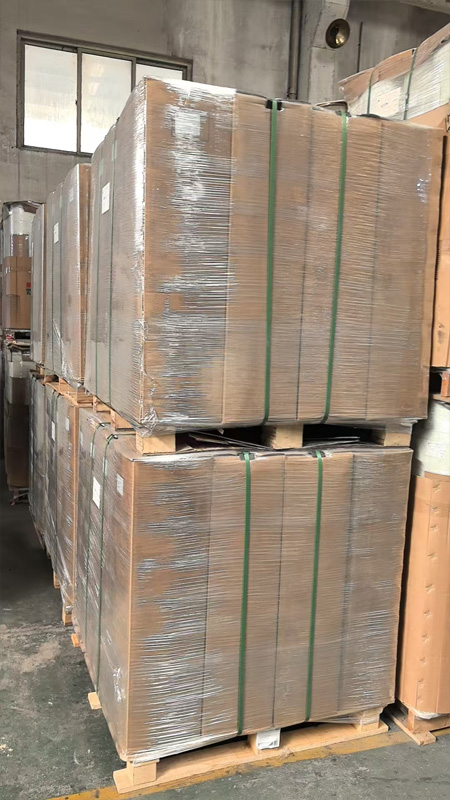
- Using the wrong type of extinguisher for the fire
- Standing too close to the fire when deploying a blanket
- Attempting to fight large fires instead of evacuating
- Not knowing how to properly operate your equipment
- Forgetting to call emergency services first
Final Recommendations
For complete fire protection, consider having both a fire extinguisher and fire blanket in your home or workplace. The extinguisher handles larger fires while the blanket is perfect for small, contained fires. Remember:
- Know how to use both before an emergency occurs
- Place them in strategic locations
- Maintain them properly
- When in doubt, evacuate and call professionals
Fire safety is everyone's responsibility. Taking these precautions with your fire extinguisher and fire blanket could prevent a small fire from becoming a disaster.



